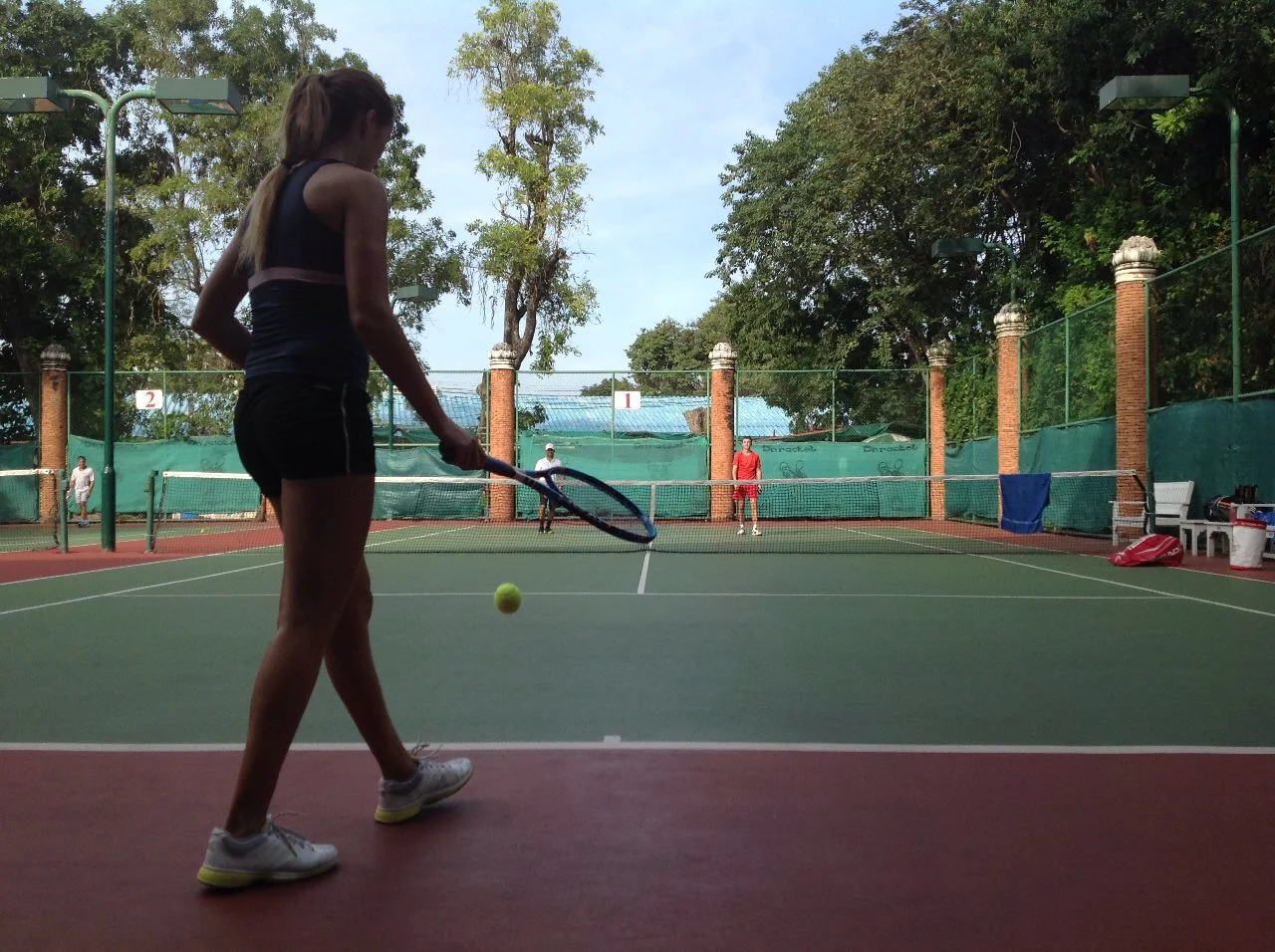NEUTRAL/POSITIVE SELF-TALK
Athletes are their own worst critics, easily finding the poor aspects of their performance, while struggling to identify what went well. But this is simply a bad habit that has formed over time, and one that can change with daily effort. It is not realistic to be positive all the time, but you can start chipping away at the amount of energy/time you spend each day on the bad stuff. Athletes often respond negatively after mistakes, but only neutral after good things happen. This negative/neutral response system is a motivation and attitude killer. How can you start turning things around and find a neutral/positive mindset?
Performance Strategy: 3-Strike Rule
One strategy that works really well is limiting your negative behavior to the 3-strike rule. You decide what is worth a strike, but stay accountable to your limit. This can help you rationalize your behavior and decide what is really important and worth your energy. Flush everything else and keep moving forward.
PREPARATION AND READINESS
In my work with elite athletes, I find they are often unprepared for both practice and competition. While most athletes perform some type of pre-match/game routine, they are still not in the right mental and physical battle space before training and competition. Consider the acronym TEMP - Tactical, Emotional, Mental, and Physical. Do you understand your role/job for today’s game or practice? Are you excited and motivated to play and train? Is your body ready to perform at a high level?
Performance Strategy: Check off each TEMP pillar
Spend 5 minutes before practice or competition assessing each performance area (TEMP) and how you will prepare to perform at a high level. What are your pre-match needs? Do you have all of your equipment? How much time do you need to do your physical warmup? How is your attitude today? Are you focused on your game plan and strategy? This check-in can help you identify what areas need more of your focus and lead to better preparation habits.
FOCUS ON YOUR OWN PATH
Athletes are exposed to instant everything these days. Instant results and changes in rankings, instant feedback on social media, instant videos showing the good and bad, etc. This can cause athletes to get stuck in comparison mode, always looking externally or at others as a measuring stick for improvement and value. In turn, the athlete can lose sight of their own goals and development. It is vital that you stay laser-focused on your own path and journey. Each day is an opportunity to gain 1% improvement that is specific to YOUR game.
Performance Strategy: Create mini-missions each day
Before stepping onto the court, create mini-missions that will help you stay focused in training or during competition. For instance, a tennis player might set a mini-mission of making 50 balls in a row during the warmup in practice as a way to narrow his focus. Keep your mini-missions simple and process-focused, as well as specific to YOU and what you are working on.













